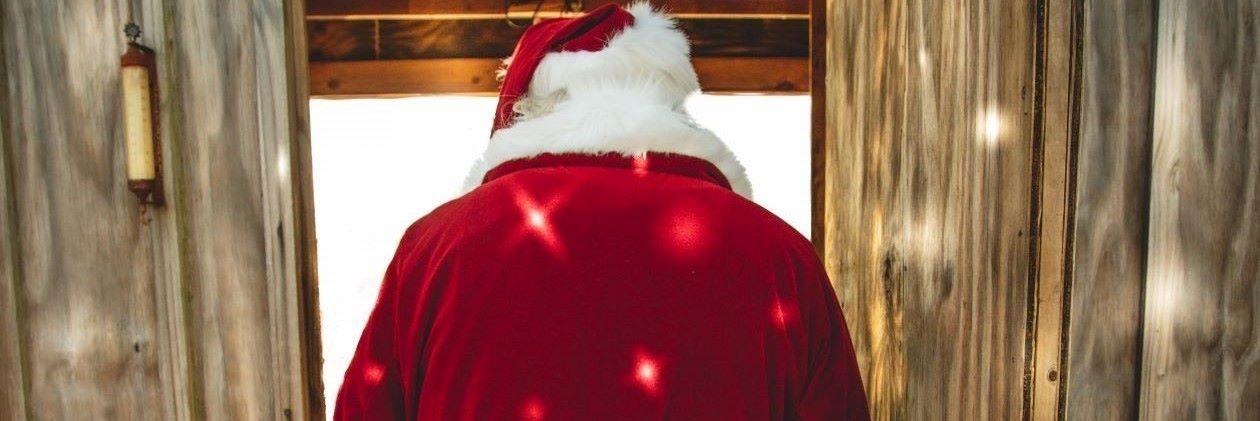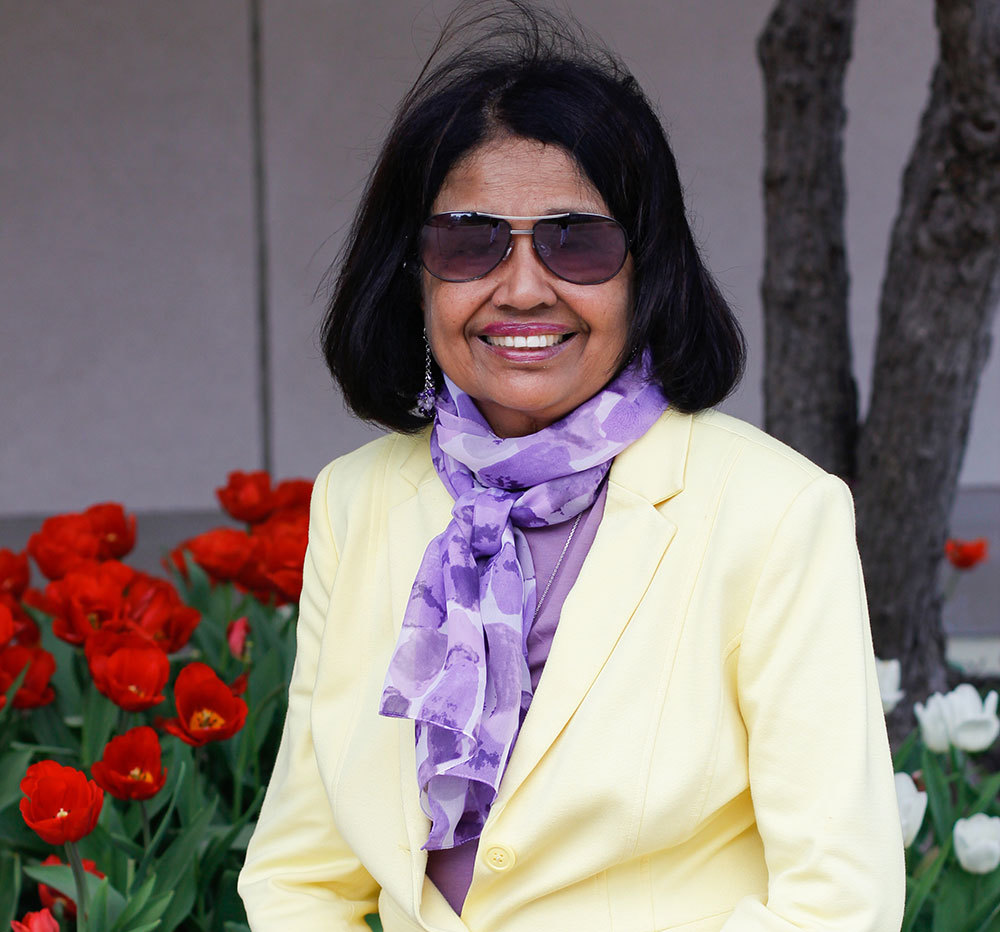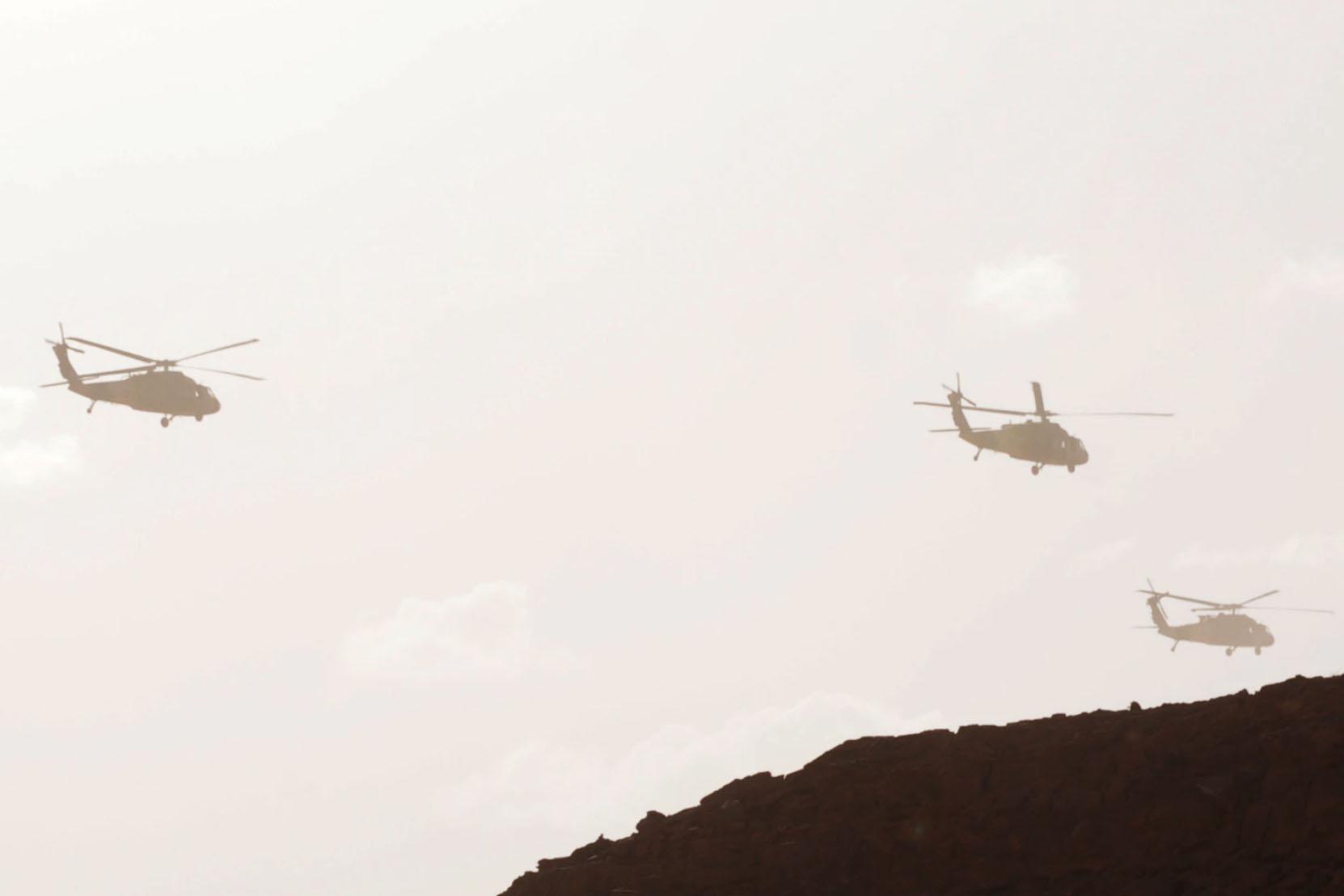Yes, VIRGINIA, there is a Santa Claus. He exists as certainly as love and generosity and devotion exist, and you know that they abound and give to your life its highest beauty and joy.
Thank God! He lives, and he lives forever. A thousand years from now, Virginia, nay, ten times ten thousand years from now, he will continue to make glad the heart of childhood.
These immortal words, with their message of faith and hope that transcend time and ephemeral human circumstances, were part of an editorial in the New York Sun, dated September 21, 1897. It was written in response to a query by eight-year-old Virginia O’Hanlon, who wanted to know if Santa Claus really existed.
It is not 1897, but 2020. The year of COVID-19, the global pandemic that’s holding the whole world in its cruel grip. There has been a deadly war in the Caucuses between Azerbaijan and Armenia, and an apocalyptic explosion in Beirut. Terrorist attacks in Austria and France set Europe’s nerves on edge. In Syria, the decade-long conflict between the ruling regime and opposition forces drags on, with COVID-19 and international sanctions adding to the misery of a war-decimated population.
The world seems trapped in an endless cycle of gloom and doom.
So, if little Mariam—who fled from Syria to Lebanon in the wake of the ISIS genocide of Christians and other minorities, or little Anahit, now facing a bleak, lonely Christmas in Yerevan after her home in Artsakh was bombed to rubble — asked me the question today, what would my answer be?
As a journalist covering international relations, I have followed the Machiavellian machinations of corrupt politicians, witnessed-—sometimes first hand and sometimes through the eyes of contacts on the ground— the agony and despair of refugees forced to flee faith-based persecution and violence. I have interviewed women victims of sexual violence, and daredevil humanitarian heroes who have risked their own lives to rescue them.
And yet, today, in the year of COVID-19, my answer to all those children who fled their dearly loved homelands and are now living in fear, poverty, and uncertainty, would be the same as that of Francis Church, the New York Sun editorial writer of 1897.
Yes, little Mariam and Anahit (and everyone reading this article), there was, and is, a Santa Claus.
The real Santa Claus—not the Americanized, commercialized version that we see year after year on TV and in shopping malls, those sterile temples of consumerism. He was St. Nicholas, the fourth-century Bishop of Myra, then part of the Roman Empire, but now re-named Demre, and in the Antalya province of southwestern Turkey.
And he was a persecuted Christian like Mariam of Aleppo and Anahit of Artsakh (Nagorno-Karabakh) and 260 million others around the world. Infuriated by Nicholas’ Christian beliefs and refusal to worship Roman gods, the Emperor Diocletian threw him in prison, where he was likely tortured.
But he was later released by the Emperor Constantine the Great. The Bishop was known for his generosity and kindness and for giving gifts to poor children. This made him the prototype of the mythical, red-suited, sleigh-driving Santa Claus that the world knows now.
In today’s world, amidst the gloom and darkness of war, terror, and hatred, there are people who keep alive the spirit of St. Nicholas, the early Christian Bishop—and prove that love, generosity and devotion exist. They shine the light of Christmas in war-torn lands and bring smiles to the faces of traumatized refugee children and the surviving adults in their families.
One of these is Haik Kazarian a Canadian-Armenian who has put his comfortable life in Montreal on hold and travelled to Armenia to help refugees fleeing Artsakh.
This disputed territory is home to a large population of Armenians, but for historical reasons is within the political boundaries of Azerbaijan. A deadly war erupted there between Azerbaijan and Armenia in late September and ended in a crushing defeat for Armenia.
Refugees from Artsakh are fleeing in droves to Yerevan, Armenia’s capital, where Kazarian works long days as a volunteer humanitarian helper. He has established a non-profit organization for the purpose called Transparency Charity NGO.
“Right now, many refugees who are here (in Yerevan and surrounding areas) are coming to grips with the fact that they may never see their homes again,” Kazarian said in an interview.






